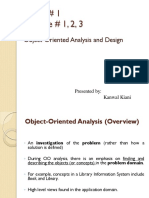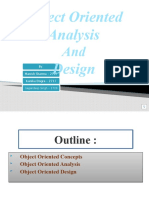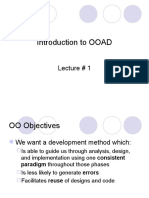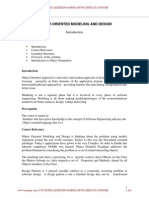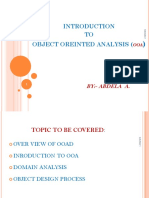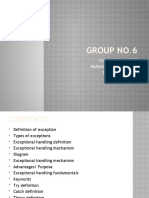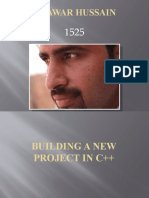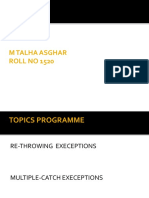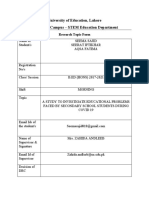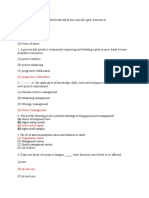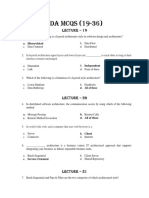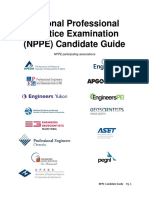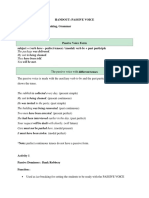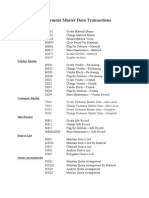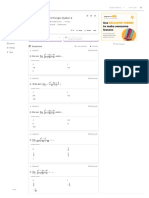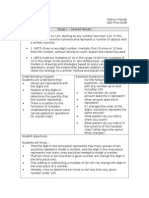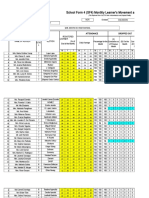0% found this document useful (0 votes)
104 views32 pagesWeek 1a Introduction To OOAD
This document provides an overview of an Object Oriented Analysis and Design course taught by Dr. Rafia Mumtaz, including information about the instructor, course objectives and structure, topics to be covered including UML modeling, software design processes, and assessment details.
Uploaded by
Genghis Khan 69Copyright
© © All Rights Reserved
We take content rights seriously. If you suspect this is your content, claim it here.
Available Formats
Download as PDF, TXT or read online on Scribd
0% found this document useful (0 votes)
104 views32 pagesWeek 1a Introduction To OOAD
This document provides an overview of an Object Oriented Analysis and Design course taught by Dr. Rafia Mumtaz, including information about the instructor, course objectives and structure, topics to be covered including UML modeling, software design processes, and assessment details.
Uploaded by
Genghis Khan 69Copyright
© © All Rights Reserved
We take content rights seriously. If you suspect this is your content, claim it here.
Available Formats
Download as PDF, TXT or read online on Scribd
/ 32



